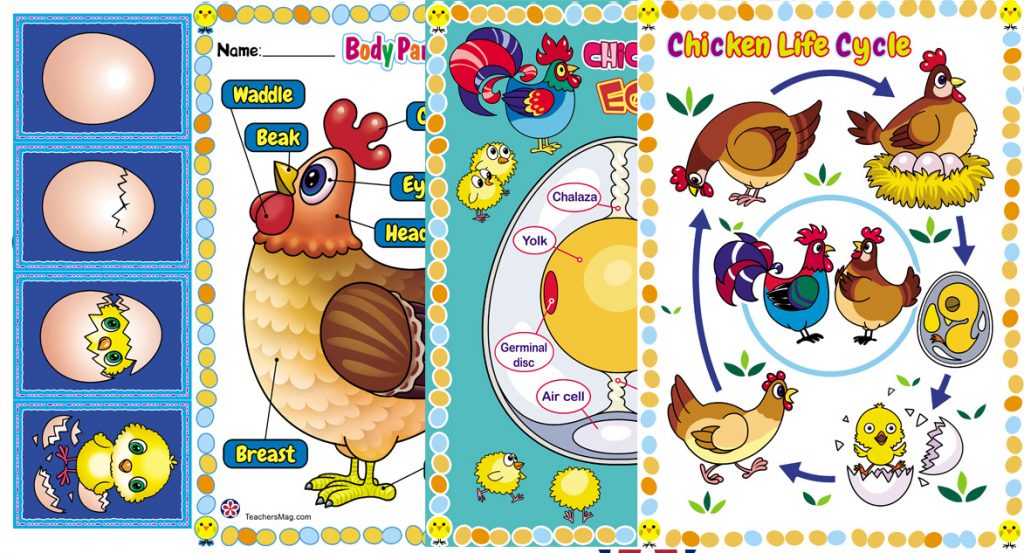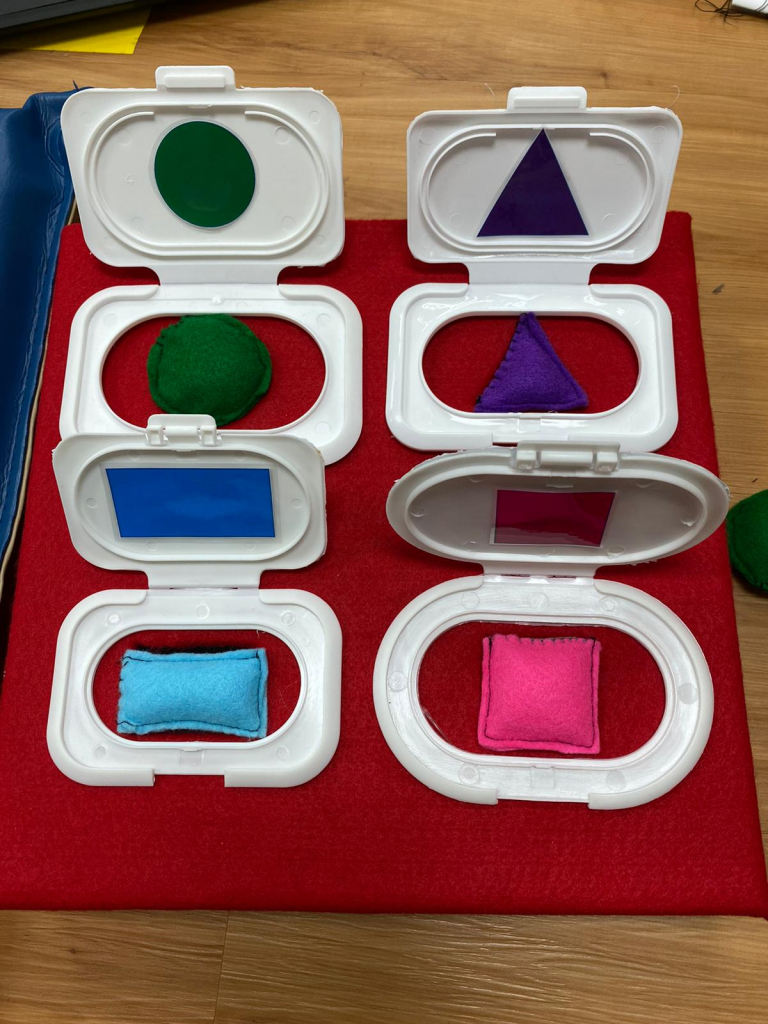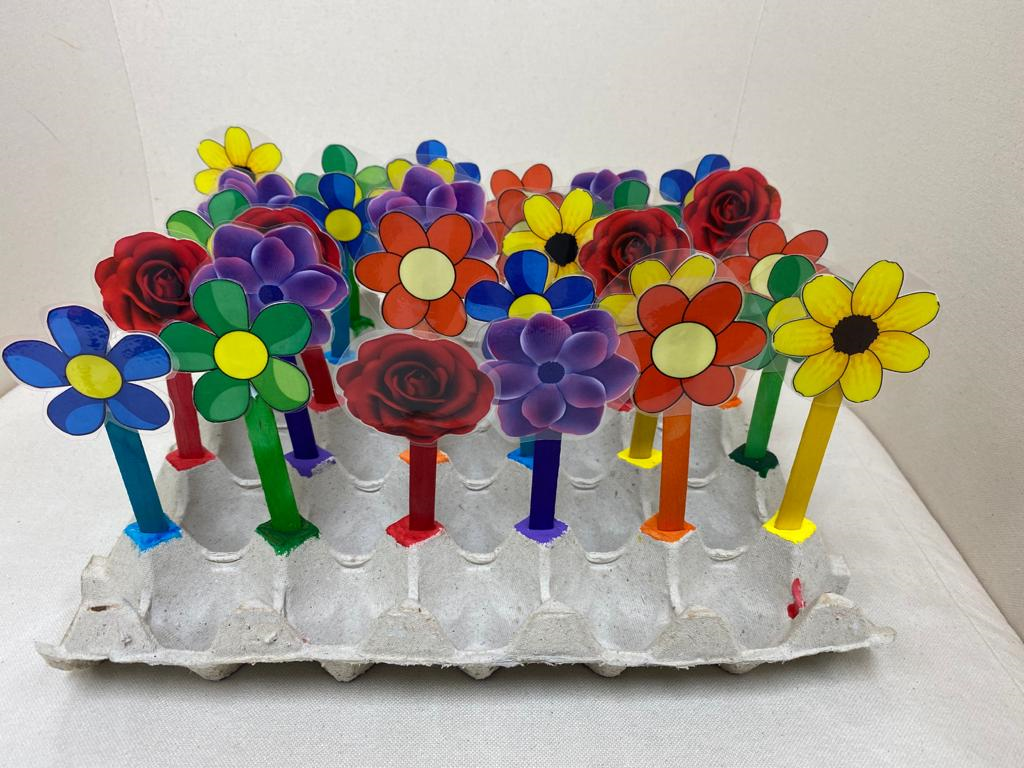Zoe Bratose
number frieze multi-colour classroom posters
A number frieze is a versatile educational tool commonly used in early childhood and primary education to help children understand numerical concepts and develop their mathematical skills. It is typically a long strip of paper or card displaying a sequence of numbers, often accompanied by visual aids such as pictures or symbols to represent the quantities. Number friezes can be displayed on classroom walls, desks, or other accessible places where children can easily refer to them. They serve several educational purposes and can be used in a variety of ways to enhance learning.
### Visual Representation of Numbers
One of the primary uses of a number frieze is to provide a visual representation of numbers. This is particularly important for young learners who are still developing their number sense. By seeing numbers displayed in order, children can begin to understand the concept of numerical order and the relationships between numbers. The visual cues often included with number friezes, such as images of objects or dots representing each number, help children to make connections between the abstract concept of a number and its concrete representation. This dual representation reinforces their understanding and aids in memory retention.
### Counting and Sequencing
Number friezes are excellent tools for teaching counting and sequencing. Teachers can use the frieze to demonstrate counting forwards and backwards, helping children to practice and internalize these fundamental skills. Children can be encouraged to point to each number as they count, providing a kinesthetic element to their learning which can enhance their engagement and retention. Sequencing activities, such as identifying missing numbers in a sequence, can also be conducted using the number frieze. This helps children to understand numerical patterns and develop their problem-solving skills.
### Arithmetic Operations
In addition to basic counting, number friezes can be used to introduce simple arithmetic operations such as addition and subtraction. For example, a teacher might use the frieze to demonstrate how to add two numbers by starting at one number and moving forward a certain number of spaces. Similarly, subtraction can be illustrated by moving backwards. This visual and physical approach to arithmetic helps children to grasp these concepts more easily than through abstract symbols alone. As children become more proficient, number friezes can be adapted to include higher numbers and more complex operations.
### Place Value and Number Sense
Understanding place value is a critical component of early mathematics education, and number friezes can be a valuable aid in this area. By displaying numbers in groups of ten, or color-coding them to indicate different place values, number friezes can help children to see and understand the structure of our number system. Activities that involve grouping and regrouping numbers, identifying the value of each digit in a number, and comparing the sizes of different numbers can all be facilitated by a number frieze.
### Inclusive and Engaging Learning Environment
Beyond their direct educational applications, number friezes contribute to creating an inclusive and engaging learning environment. They provide a constant, accessible reference that children can use independently, fostering a sense of autonomy and confidence in their mathematical abilities. The visual appeal of a well-designed number frieze, often colorful and interactive, can make the classroom a more inviting and stimulating place for learning.
### Cross-Curricular Links
Number friezes can also be integrated into cross-curricular activities. For instance, in a science lesson, a number frieze can be used to count the number of petals on flowers or the number of legs on insects, linking mathematical concepts with the natural world. In literacy, number friezes can be used to sequence events in a story, combining numerical order with narrative skills.
In conclusion, a number frieze is a multifunctional educational tool that supports the development of numerical understanding, arithmetic skills, place value comprehension, and an overall positive attitude towards mathematics. Its visual, interactive nature makes it an invaluable resource in the early years and primary education settings, facilitating a range of activities that make learning numbers an engaging and accessible experience for all students.











